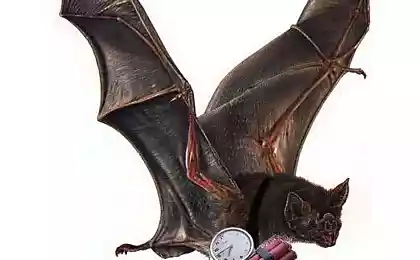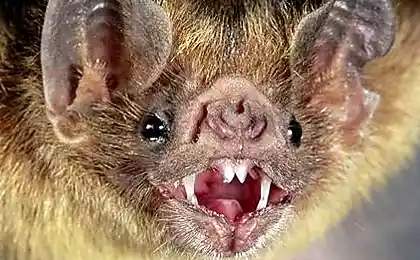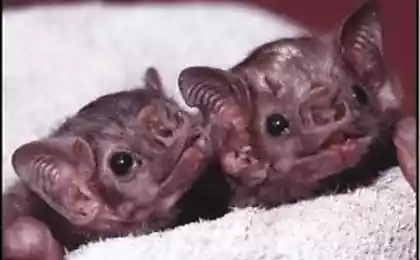2787
The Secret Life of a Field Mouse

Field mice are tiny inhabitants of fields, forests and meadows that lead a hidden, but very rich life. Their daily existence is full of dangers and adventures, because there are so many predators around who do not mind eating a small rodent. Let's lift the veil over their world.

Lifestyle and habitat
Field mice prefer grassy fields, meadows and edges of forests, where they can quietly build their burrows. Inside the burrow there are often several chambers: for storing food, for sleeping and for posterity. They make soft nests of grass and leaves, protecting themselves from cold and humidity.
Dietary intake
Mice are big gourmets in the world of little animals. Their diet includes cereals, seeds, berries, nuts and even small insects. In autumn, mice harvest supplies, stocking up on food to feed in winter, when fresh seeds and fruits will no longer be available. They carry grains and seeds into their burrows, often creating real mini-barns.
Secret routes and activity
Field mice are nocturnal animals. At night, when they feel more secure, they go out looking for food. They have elaborate routes and mazes of paths in tall grass and under leaves that help to hide from predators. Orientated by smells and sounds, they always know where to go back to their burrow.
Communication and alarm
Field mice communicate through smells and sounds. For labels, special glands are used that leave aroma on the grass and ground. They also have an alarm system: when danger approaches, they emit barely audible signals, warning relatives.
Reproduction and care of offspring
Mice are able to reproduce several times a year, as their lifespan is short – usually about a year. Each female can bring offspring up to five times a year, and in each brood, three to eight babies are born. Caring for offspring occupies an important place in the life of field mice. The mother feeds and protects them until they become self-sufficient to start a life of their own.
Hazards and adaptations
Predators such as foxes, owls, snakes and even large birds of prey threaten mice. Field mice have good hearing and smell, which helps them to notice the threat in time. They are also fast and agile, and their brown coat serves as a camouflage, blending with the ground and dry leaves.
Amazing endurance
Despite their tiny build, field mice are incredibly hardy. They are able to survive harsh winters and cope with food shortages. In extreme conditions, they fall into a mild form of hibernation to save energy.
Conclusion
The secret life of the field mouse is a story of survival, adaptability and ingenuity. These little creatures lead an invisible life, filled with food, struggle for survival and care for offspring. Their inconspicuous existence is a reminder that even the smallest creatures in nature play an important role in the ecosystem.






















